![]()
Besides preserving the ancient structures, temples, and artistic heritage, the UNESCO Representative List of Intangible Cultural Heritage has been enshrining the tastiest part of our cultural lives since 2003.
Food has always been more than just sustenance. It depicts culture on a plate, history in every bite, and a passport to understand how people across the globe live, celebrate, and connect.
World’s Most Iconic UNESCO-Listed Dishes
From regional comfort food to elegant culinary creations, these 10 world’s most iconic dishes encourage every gourmand traveler toward an appetizing bucket list.
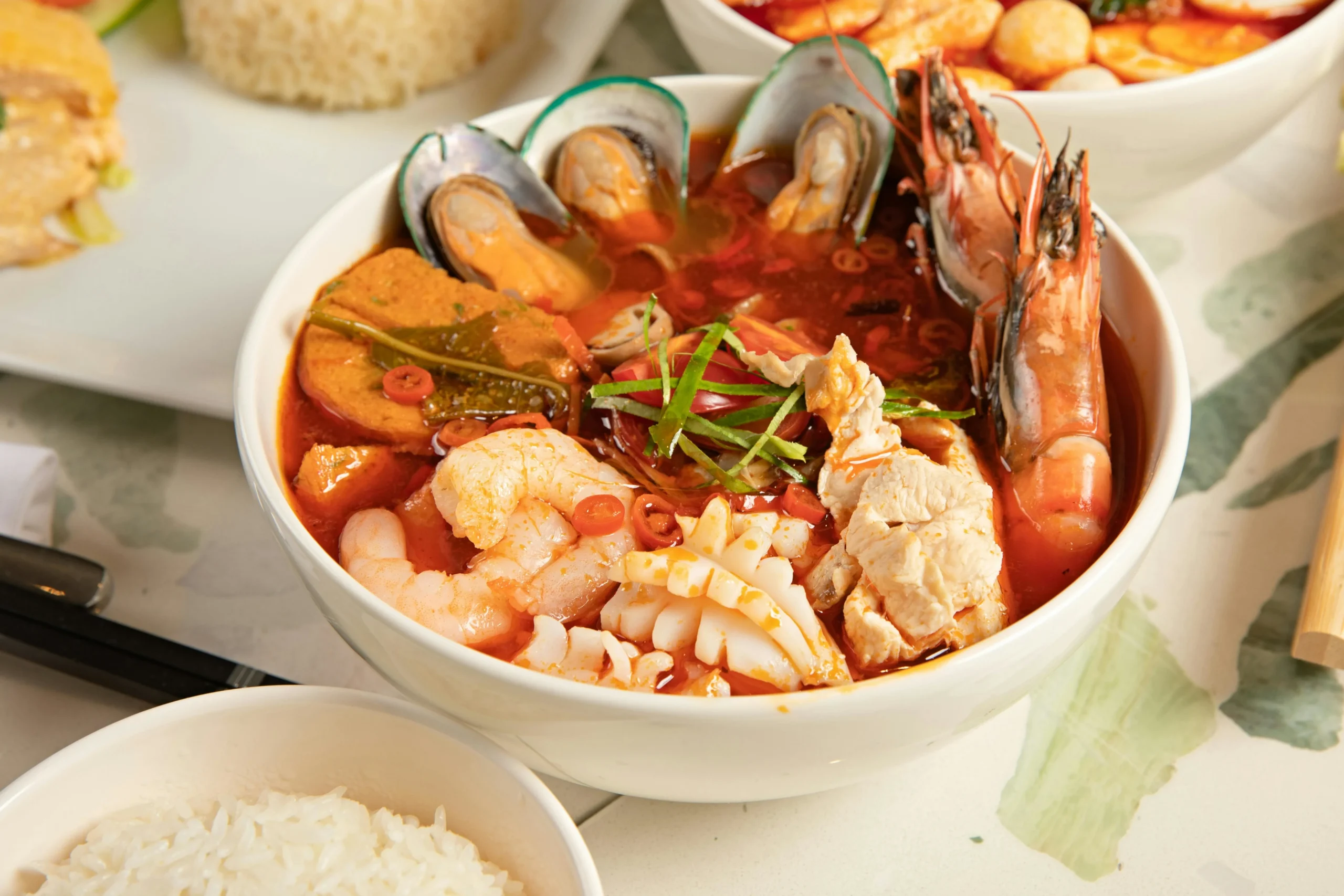 Photo: Pexels
Photo: Pexels1. Thailand’s Tomyum Kung
Tomyum Kong is a spicy prawn soup from Thailand, inscribed on the UNESCO’s intangible heritage list of 2024. While the dish’s origin remains unknown, historians believe that it is an inspired version of Indian ‘sour prawn soup,’ brought to the country in the 14th century.
The name speaks for the dish itself: Tom means ‘to boil,’ and yum means ‘shrimp,’ in Thai. From spicy chilli to citrusy zest and soothing herbs, the dish embodies Thailand’s perfect balance of flavors.
Try For Yourself
Stroll the bustling streets of Chatuchak or Chinatown markets for a steaming bowl of soup. To taste regional variations in the dish, visit the local eateries in Phuket or Chiang Mai.
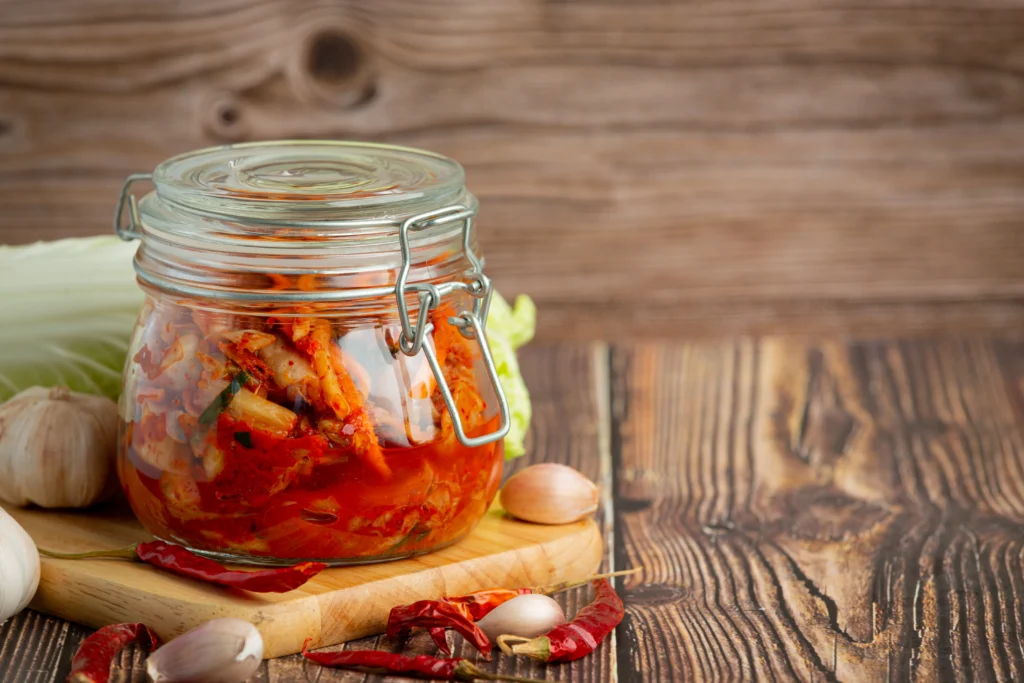
2. South Korea’s Kimchi
What started as a practice to store vegetables over the harsh winter around the 14th century now represents the nation’s rich culture and heritage.
Kimchi is Korea’s most popular pickled side dish, recognized as intangible cultural heritage in 2024. With over 200 regional varieties, kimchi is a fermented dish made from Napa cabbage or radishes, often featuring ingredients like gochugaru, or Korean chili flakes.
Try For Yourself
Gwangju, known as a foodie city in southwest Korea, is the perfect place to taste the Korean 3,000-year-old culinary heritage. The annual festival of kimchi-making, kim-jang, is celebrated in November, where families together prepare large batches of the dish, symbolizing unity and tradition.
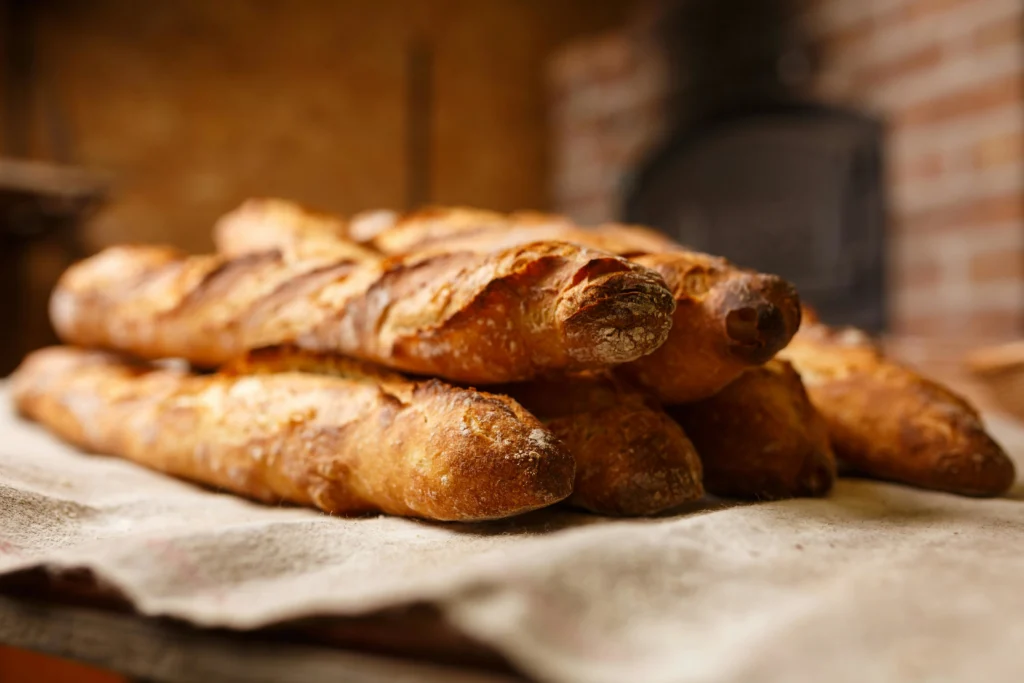 Photo: Pixabay / Pexels
Photo: Pixabay / Pexels3. French Baguette Bread
The French Baguette isn’t just bread; it’s an art. UNESCO listed it as an intangible cultural heritage in 2023, but it has long been the nation’s culinary icon.
Golden in color, crisp on the outside, and airy on the inside- it is best when paired with butter, cheese, and wine.
Eat a freshly-baked loaf of bread either with jambon-beurre or as part of other UNESCO-listed gastronomic meals of the French.
Try For Yourself
Enter any boulangerie in France and treat yourself to a tasty, freshly-baked loaf of Baguette. For epicureans, the winner of the Grand Prix de la Baguette 2024, Paris’ Utopie bakery is a must-visit.

4. Beer in Belgium
UNESCO introduced the beer culture of Belgium as part of its intangible living heritage in 2016. Brewing for centuries with barley, water, hops, and yeast, monks and nuns laid down the foundation of brewery culture during the Middle Ages as a replacement for unclean drinking water. Thus became a vital part in the country’s rich history, culture, and tradition, playing a major role in daily life as well as festivities.
Today, there are over 1,500 distinct types of Belgian beer with unique flavors, colors, and alcohol percentages.
Try For Yourself
Though most restaurants, cafes, and bars serve beer, visiting a brewery would be perfect to relish a real taste of Belgian beer and learn about the brewing process and culture.
Visit the only active family-brewery in Bruges to see how beer has been made in Bruges since the 19th century.
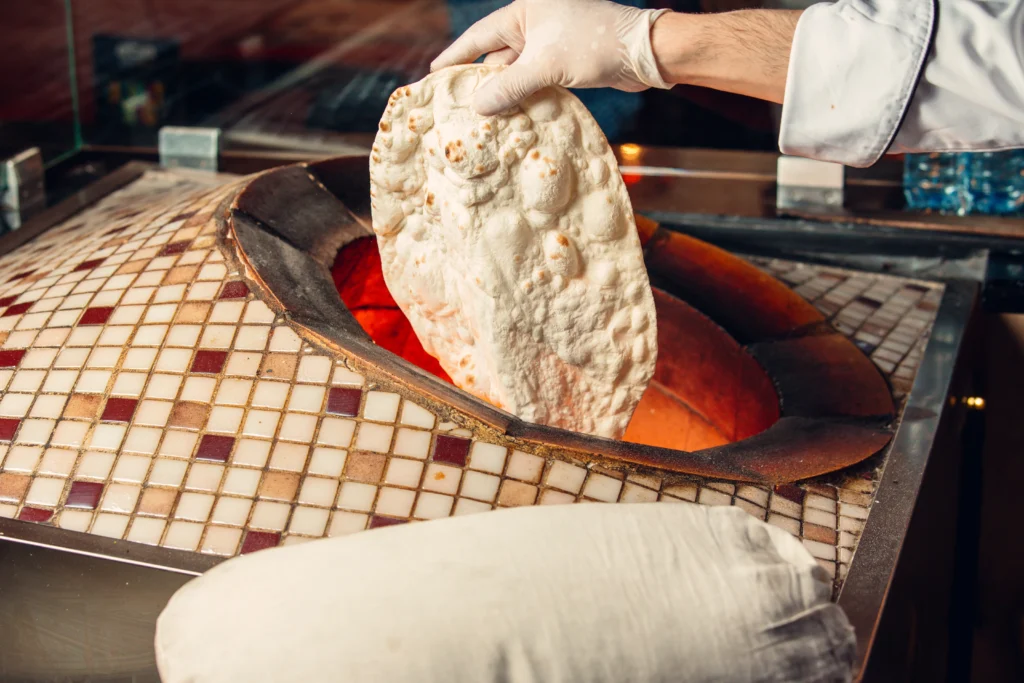 Photo: Freepik
Photo: Freepik5. Lavash in Armenia
Lavash, a thin flatbread, was inscribed as intangible cultural heritage in 2014. A simple mix of wheat flour and water, and yet the skill and coordination needed to prepare, knead, and cook the dough is what UNESCO cited as unique twice.
It takes only 30 to 60 seconds for this delicate bread to bake and enjoy with grilled meats, cheeses, or veggies. Beyond its taste, lavash signifies rich Armenian tradition and rituals in everyday meals as well as ceremonial celebrations.
Try For Yourself
Food lovers can satiate their cravings for lavash in Yerevan, the capital city of Armenia, lined with local vendors and chic restaurants serving the dish.
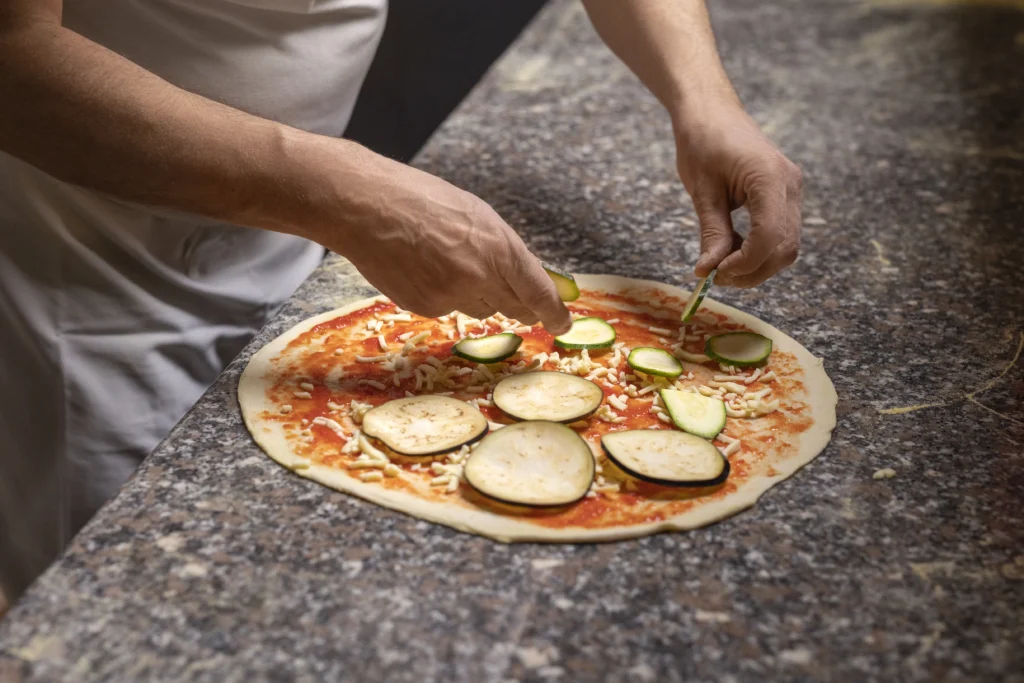 Photo: Freepik
Photo: Freepik6. Neapolitan Pizza in Italy
Pizza, a classic Italian dish, is the soul of the continent and comes with different regional variations, from Sicilian sfincione to Roman pincas. Now, the world has recognized another version of pizza, Neopolitan pizza.
This isn’t just a pizza, it’s in the art of making one, called ‘pizzaiuolo,’ that UNESCO cited in its 2017 intangible heritage list.
A thin, chewy crust, marinara sauce, fresh mozzarella, and basil leaves baked for hours in a wood-fired oven until charred is the most delicious thing you’ll ever devour with a glass of Limoncello.
Try For Yourself
Though Italy is globally celebrated for its pizzas, visit the country’s capital city of Naples to see the world-class bakers performing the art of Neopolitan pizzaiuolo.
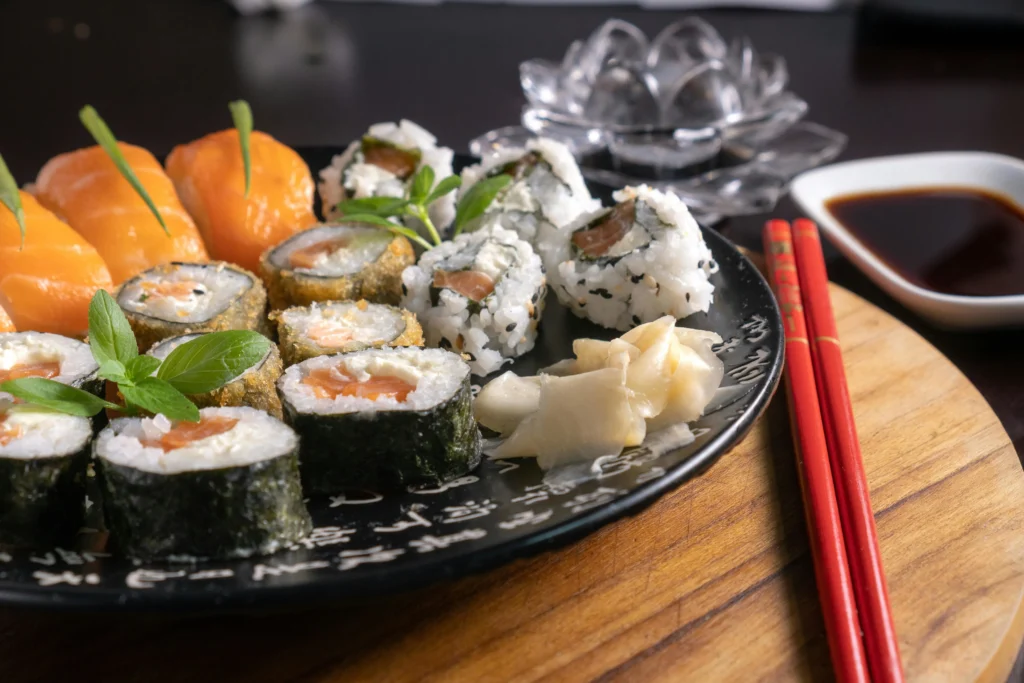 Photo: Diego Pontes
Photo: Diego Pontes7. Japan’s Washoku
Japanese food’s popularity stems from its delectable blend of delicious flavors, meticulous presentation, and health benefits. Japanese traditional cuisine, collectively referred to as washuko, was listed in UNESCO’s intangible cultural heritage in 2013, highlighting its cultural and natural significance.
Traditionally, washoku comprises four key elements- cooked rice, soups, side dishes, and tsukemono, Japanese pickles made from seasonal ingredients. So, any meal you eat in Japan, such as sushi, tempura, or kaiseki, is an engagement with washoku.
Try For Yourself
Try okonomiyaki, Japanese omelette in Hiroshima or Osaka. For authentic, freshly-made sushi, head to the famous Toyosu fish market in Tokyo.
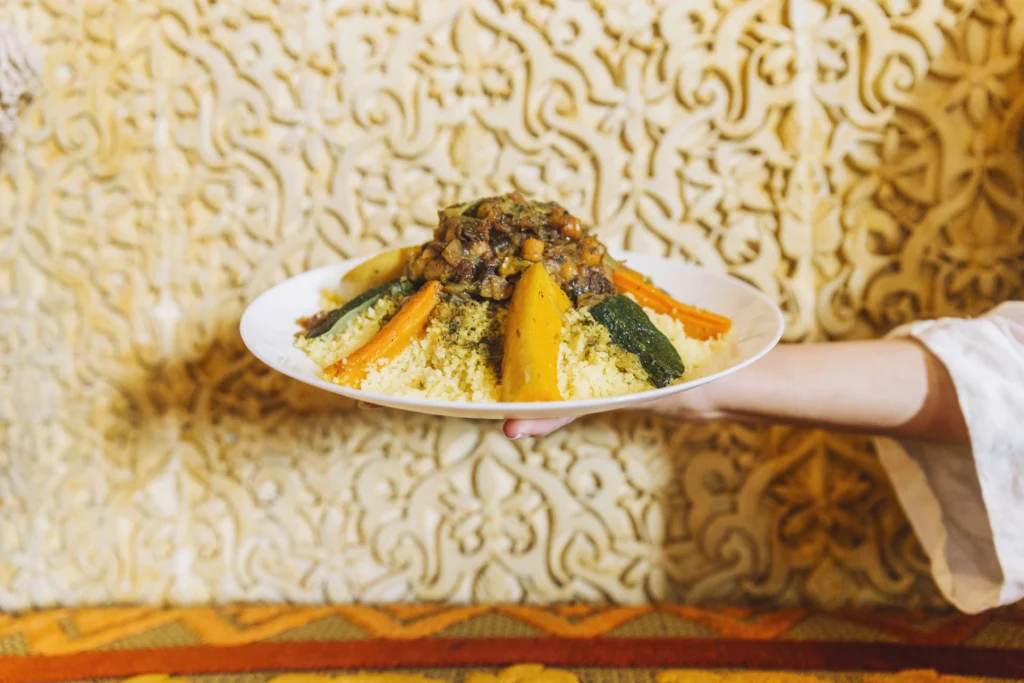
8. Mediterranean’s Couscous
Originating from the Maghreb region, including Morocco, Algeria, Tunisia, and Mauritius, couscous, a light, fluffy staple, is a traditional Mediterranean dish integrated into European cuisine for its historical and cultural influences.
In 2020, UNESCO officially stated, “There is no wedding, party, or family gathering without couscous.” Traditionally made from steamed semolina wheat granules, couscous is better served with slow-cooked meats, vegetables, or aromatic stews.
Try For Yourself
Given its ubiquitous origins, you can find regionally prepared couscous served with tagine or stew across the entire North Africa. To learn the intricacies of making couscous, Marrakesh offers workshops at its traditional culinary schools.
 Photo: Namzy / Pexels
Photo: Namzy / Pexels9. Singapore’s Hawker Food Culture
Hawker food culture is Singapore’s indelible answer to fast and futuristic streets. Hawker food has its roots dating back to the 1800s when immigrants began to set up informal stalls in the city.
Today, the culture remains central to daily life, reflecting the nation’s multicultural identity shaped by Chinese, Indian, Peranakan, and Malay influences.
With recipes passed down through generations, from smoky satay skewers and soupy laksa to fibrous Hainanese chicken rice and char kway teow, hawker is a taste of Singapore’s cultural and historical sagas, served on a tray with chilli.
Try For Yourself
Stroll through the bustling streets of Singapore, brimming with various regional food stalls. For an authentic dining experience, visit Maxwell Food Center for chicken rice, Newton Food Center for barbecued seafood, and Lau Pa Sat for traditional satay served with peanut sauce.
 Photo: Castorly Rock / Pexels
Photo: Castorly Rock / Pexels10. Vienna’s Wiener Würstelstand in Austria
Wiener Würstelstand, or Viennese sausage stand, might not give an impression of fine dining, but it gives you a quick, delectable pit-stop of authentic Austrian flavors.
Scattered across Vienna’s bustling streets, these kiosk-style eateries specialize in sausages, bread rolls, pickles, and beer, representing comfort, community bond, and tradition.
Try For Yourself
Visit Vienna’s oldest Würstelstand Leo, serving perfectly grilled sausages and even vegetarian options on its extensive menu since 1928.
Bottom Line
Food isn’t just a taste of place, it’s living history. UNESCO’s recognition of these dishes shows how meals carry traditions, identities, and memories across generations.
Whether it’s slurping tomyum in Bangkok, tearing into lavash in Yerevan, or grabbing a sausage at a Viennese stand, each bite is a direct line into the culture that created it. If you’re building a travel list, start with your stomach—you’ll understand the world a lot faster.
Stay tuned with us. Further, follow us on social media for the latest updates.
Join us on Telegram Group for the Latest Aviation Updates. Subsequently, follow us on Google News
Top 10 Airlines with Best First Class Food in the World in 2025
The post Top 10 Most Iconic Dishes in the World in 2025 appeared first on Aviation A2Z.

















